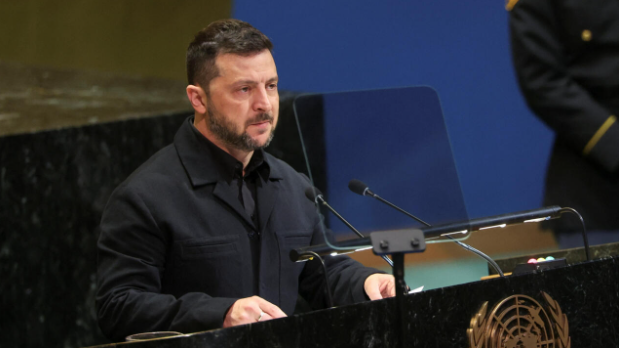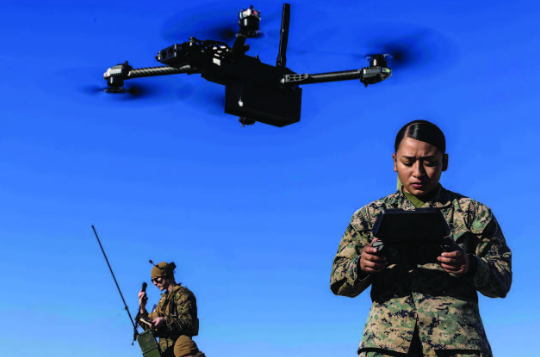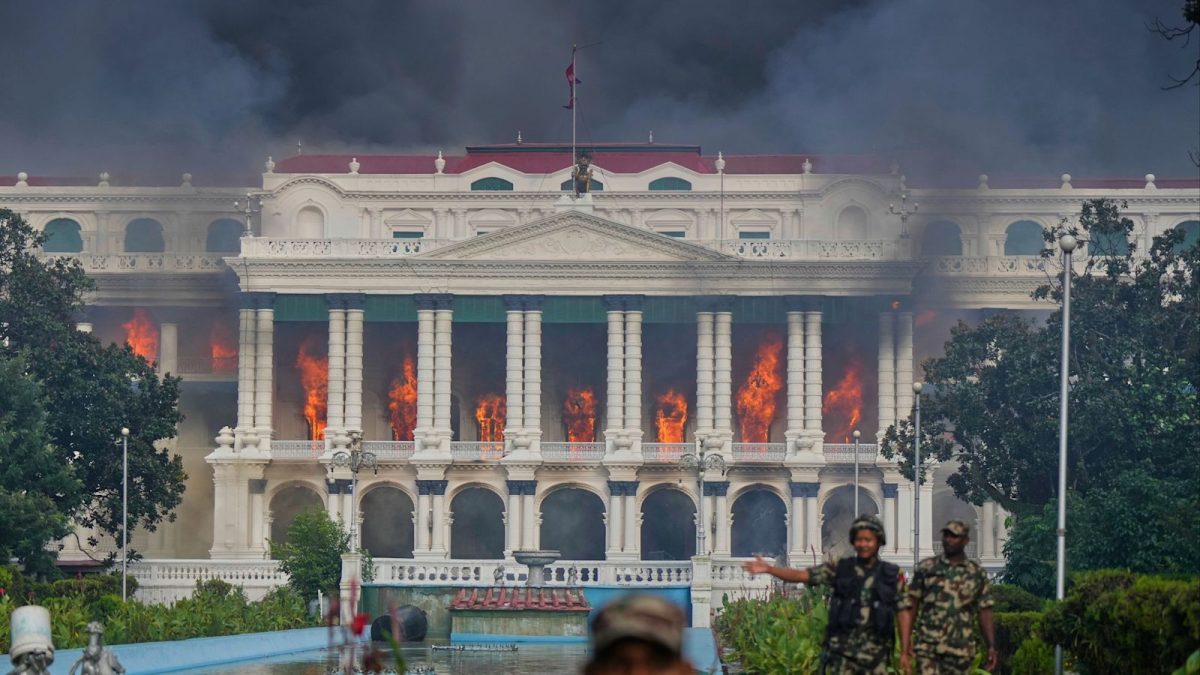The U.N. Meeting
Drones are considered by many to be a hobby for enthusiasts, primarily utilized for capturing photos or videos for entertainment purposes. However, it’s also been a tool of the military for years, allowing warfare to be carried out remotely, with minimum risks and major destructive power, and Ukrainian President Zelenskyy recently cautioned over the advancements made with them. The war in Ukraine has been a circulating topic in the news since it began almost three years ago. Naturally, this was a prevalent topic of conversation at the latest U.N. meeting, which led to Ukrainian President Zelenskyy addressing the conflict in his speech. President Zelenskyy, while arguing for the urgent necessity of stopping the war, also stated that the next global arms race will be developments in drone technology: “We are now living through the most destructive arms race in human history”. This claim painted a grim picture for consideration: the future of warfare in the face of technological advancements.
Drone Technology
Drones have evolved in their capabilities, becoming widespread enough for even everyday people to operate impressive pieces of technology – admittedly at expensive prices – for filming videos or other recreational purposes. However, for military applications, these strides forward carry a heavier weight, demonstrated by their usage in the Ukraine war, where small drones equipped with payloads carried out strikes against Russian attacks and managed to fend them off. Furthermore, the implementation of “electro-optical and infrared” technology into these drones has increased their effectiveness on the battlefield. The United States similarly has been developing its drone capabilities for decades, preparing for the changing landscape of warfare, training soldiers with drones, and acquiring large-scale purchases of drones as well. President Zelenskyy claimed that companies are currently developing “drones that can shoot down other drones” to help protect against and combat the potential threat they pose in the modern day. Additionally, Zelenskyy, regarding the pace of weapons development, also asserted that, “Weapons are evolving faster than our ability to defend ourselves”. Evidently, it’s become a concern to many, including global leaders, that our weapons development has outpaced defenses that can be manned against them.
The Accessibility of Drones
Another issue addressed by President Zelenskyy was the fear that nations everywhere, even those with “limited resources”, now possessed the ability to build these weapons, with North Korea’s announcement of a tactical strike drone test as an example. Zelenskyy recalled that only a short few years ago, only the “strongest countries” possessed the means to produce and operate drones, but now even “simple drones” can fly thousands of kilometers. That war has not only surpassed geography, but it is now actively “reshaping it”. Similarly, he stated that the possibility of “cheap drones” capable of creating “dead zones” wasn’t possible, that it was believed only a “nuclear strike” would be capable of an area where “nothing moves…” and there are “no lives”, but that it is now “drone reality”. Another pressing matter that Zelenskyy raised was the problem of what would occur when drones become available to “small terrorist groups” or “cartels” and the power this could potentially grant them. Potentially, for those entering the workforce or military, jobs may arise revolving around these developments in drone technology, Such as operating the drones or constructing and developing them. The Ukrainian President argued that nowadays there are “tens of thousands of people” who have acquired the skills necessary to “professionally kill” by operating drones, and managing to stop an attack of this kind is more complicated than “any gun, knife, or bomb”. Inevitably, technology eventually reaches everywhere in the interconnected globe, and in the case of drone warfare, the arising problems of these weapons’ accessibility are prevalent.
A.I. Application In Drones
The Ukrainian President honed in on the usage of A.I. as a significant factor for the future of warfare, declaring that, “It’s only a matter of time… before drones… [are] fully autonomous and [have] no humans [s] involved, except the few who control A.I. systems”. In the United States, the Air Force initiated the Skyborg program, which aims to utilize AI to pilot unmanned aircraft systems and assist manned crafts. The Defense Advanced Research Projects Agency (DARPA) is also integrating AI into its unmanned aircraft. President Zelenskyy presented a request towards improving security: “We need global rules now for how A.I. can be used in weapons,” and that a “strong platform for international security” was required. The President also went on to declare that arms were necessary to combat this issue, and that the only method to prevent this was having the means and willingness to enforce their laws. Essentially, he returned to his call for support against Russia and urged an end to the war. Likewise to his previous statements, Zelenskyy also had this to say: “We need to restore international cooperation… for peace and security. A few years from now might already be too late.” While this drone arms race may appear grim, leaders remain optimistic that cooperation now rather than later can help maintain peace and security in the coming years. However, Zelenskyy’s warning highlights the necessity for urgent and immediate action to be taken to counteract the rapid development of information technology. As the future generations inherit this new landscape, they will have to consider the ramifications of these developments and how they might handle shaping the way they are used in the future.










